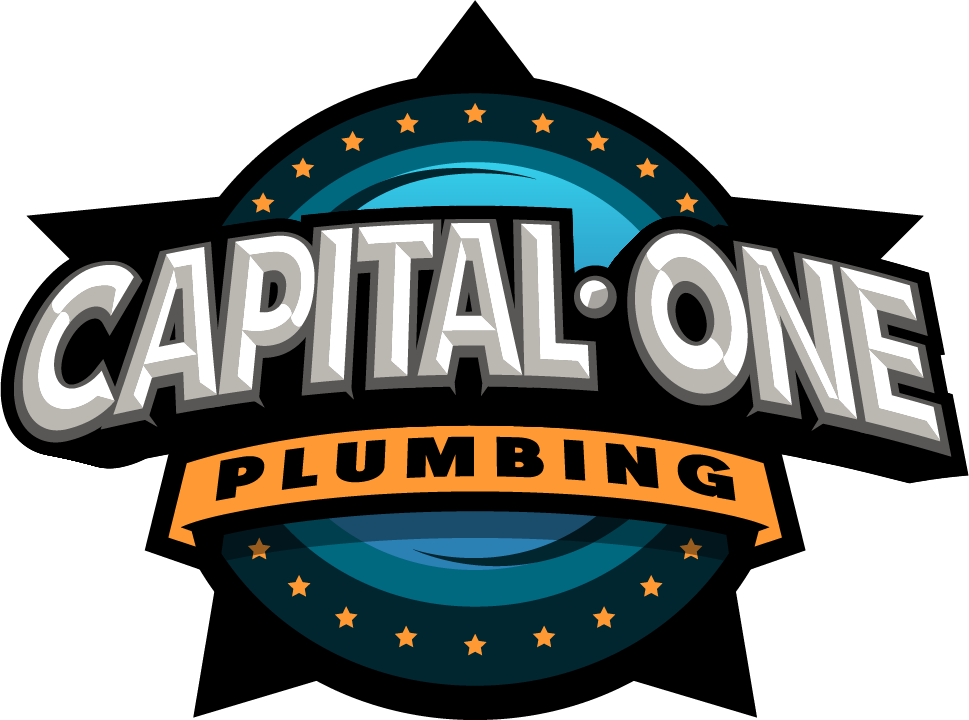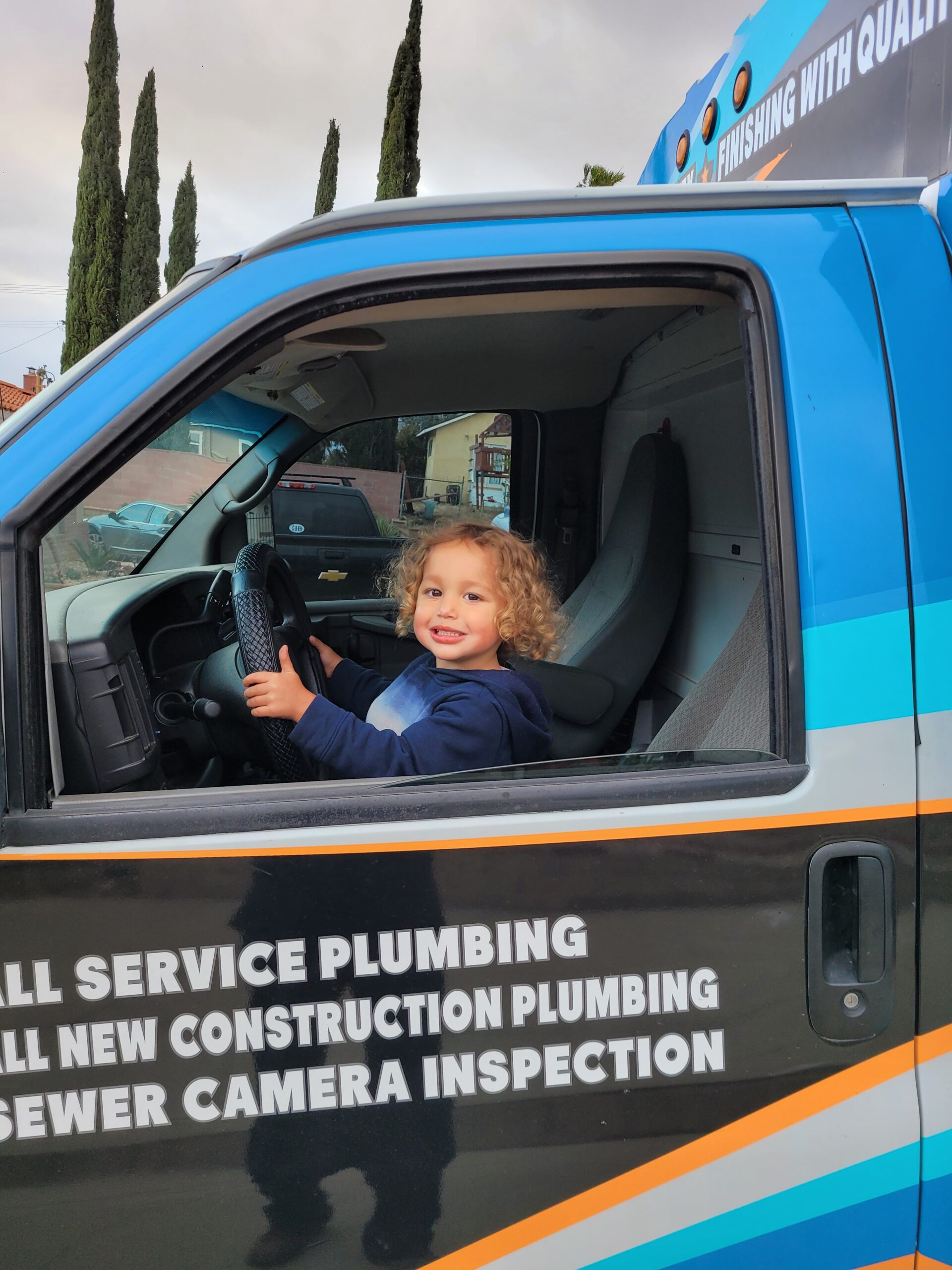1. Introduction to Hydro Jetting
What Is Hydro Jetting?
Hydro Jetting is an advanced plumbing technique that uses high-pressure water streams to clean and clear out clogged or slow drainage pipes. Unlike traditional methods, hydrojetting removes stubborn blockages, including grease, scale, and debris, by blasting them with water at pressures of up to 4000 PSI.
How Hydro Jetting Works
The hydrojetting process involves inserting a hose equipped with a specialized nozzle into the plumbing system. High-pressure water is then propelled through the nozzle, scrubbing the interior walls of the pipes and flushing out any accumulated build-up or obstructions.
Importance of Effective Drain and Sewer Cleaning
Keeping drains and sewer lines clean is essential for preventing backups, leaks, and costly repairs. Hydro jetting ensures thorough cleaning, maintaining optimal water flow and prolonging the life of your plumbing system.
2. Benefits of Hydro Jetting
Thorough and Deep Cleaning
Hydrojetting reaches every part of the pipe, effectively removing grease, sediment, and even tree roots. This level of cleaning prevents recurring clogs and keeps your plumbing system in top condition.
Environmentally Friendly Solution
Since hydrojetting uses only water and pressure, it avoids the use of harsh chemicals that can harm the environment and corrode pipes.
Prevents Future Clogs and Build-Up
By thoroughly scouring the pipe walls, hydrojetting eliminates the materials that typically lead to future clogs, reducing maintenance needs over time.
Safe for Pipes When Done Professionally
When conducted by experienced professionals, hydro jetting is safe for most plumbing systems and can extend their lifespan by preventing damage caused by blockages and build-up.
3. When to Use Hydro Jetting Services
Persistent Drain Clogs
If your drains frequently clog despite regular cleaning, hydro jetting can provide a long-term solution by fully clearing the pipes.
Slow or Backed-Up Drains
Hydrojetting addresses slow drainage by removing obstructions and improving water flow.
Tree Root Intrusions in Sewer Lines
For homes with outdoor plumbing, tree roots can invade sewer lines. Hydrojetting effectively cuts through and removes these roots.
Grease and Mineral Build-Up in Pipes
Kitchens and bathrooms often experience grease and mineral deposits that traditional cleaning methods can’t fully remove. Hydro jetting flushes these out, restoring pipe efficiency.
Commercial and Residential Applications
Hydrojetting is suitable for both homes and businesses, ensuring clear and efficient plumbing systems regardless of usage demands.
4. The Hydro Jetting Process Explained
Inspection and Assessment with Camera Technology
A professional plumber typically starts with a camera inspection to identify blockages and assess the pipe condition.
Preparation and Safety Measures
Before jetting begins, the plumber takes precautions to prevent water damage and ensure the safety of your plumbing system.
High-Pressure Water Jet Application
The high-pressure water jet is inserted into the pipe and activated, blasting away debris and cleaning the pipe walls.
Post-Jetting Inspection and Maintenance Tips
After cleaning, a second camera inspection ensures the blockage is fully removed and the pipe integrity remains intact.
5. Hydro Jetting vs. Traditional Drain Cleaning Methods
Snaking and Augering
While snaking is effective for minor clogs, it only punctures blockages without fully cleaning the pipe walls.
Chemical Drain Cleaners
Chemical cleaners can damage pipes over time and often fail to fully remove tough build-up.
Hydro Jetting as a Superior Long-Term Solution
Hydro jetting offers comprehensive cleaning, preventing recurring issues and reducing long-term maintenance costs.
6. Cost of Hydro Jetting Services
Factors Affecting Pricing (Pipe Condition, Severity of Clog, Line Length)
The cost of hydrojetting varies based on the complexity of the job, pipe condition, and blockage severity.
Average Cost Estimates
Residential hydrojetting typically ranges from $300 to $600, while commercial services can be higher.
Cost-Benefit Analysis of Hydro Jetting
Though more expensive upfront, hydrojetting’s thorough cleaning reduces future repair and maintenance costs.
7. Risks and Precautions of Hydro Jetting
Potential for Pipe Damage in Older or Weak Pipes
High-pressure water can damage fragile pipes, making a professional assessment crucial before hydrojetting.
Importance of Professional Assessment
A licensed plumber evaluates your plumbing system to determine if hydrojetting is safe and appropriate.
Avoiding DIY Hydro Jetting and Its Risks
Without proper training and equipment, DIY hydrojetting can lead to pipe damage and incomplete cleaning.
8. Choosing the Right Hydro Jetting Service Provider
Experience and Expertise in Drain Cleaning
Choose a provider with extensive experience in hydrojetting and a track record of successful jobs.
Licensing and Certification
Ensure the plumber is licensed and certified to perform hydrojetting safely and effectively.
Use of Advanced Equipment and Technology
Reputable providers use modern equipment and camera technology to deliver thorough and precise cleaning.
Reviews and Customer Testimonials
Check online reviews and ask for references to gauge service quality and customer satisfaction.
9. Maintaining Clean Pipes After Hydro Jetting
Best Practices for Preventing Future Clogs
Avoid flushing non-biodegradable items and dispose of grease properly to maintain clear pipes.
Routine Maintenance Tips
Schedule periodic inspections and cleanings to prevent build-up and catch issues early.
Products and Habits to Avoid for Pipe Longevity
Avoid chemical cleaners and be mindful of what goes down your drains to protect pipe integrity.
10. Conclusion
Hydrojetting is a powerful, effective solution for maintaining clean and efficient plumbing systems. Combining advanced technology with professional expertise, it offers long-term benefits and prevents costly repairs. Ensure you choose a qualified service provider and follow best practices for maintenance to keep your pipes in top condition.

